Table of Contents
- What is an Antistatic Table?
- The importance of a high-quality Antistatic Table in a Modern lab
- Application of the Antistatic Table in various sectors
- Labkafe’s Antistatic Tables for Modern Labs
- Antistatic Tables: The Backbone of Precision and Stability
In modern modular Labs, maintaining precision and accuracy in specific experiments with equipment safety is highly essential. One of the most overlooked yet vital components of electronics lab furniture is the Antistatic Table. The motionless table is primarily designed to prevent electrostatic discharge (ESD) from damaging sensitive electronic components. These tables are essential for every ESD-constricted area.
Modern modular labs evolve with great Technology. The Antistatic table is ideal for the microelectronics industry or others, ensuring no damage from static charges. And having the right lab essentials ensures that every experiment is conducted in a controlled, safe, and efficient environment.
What is an Antistatic Table?
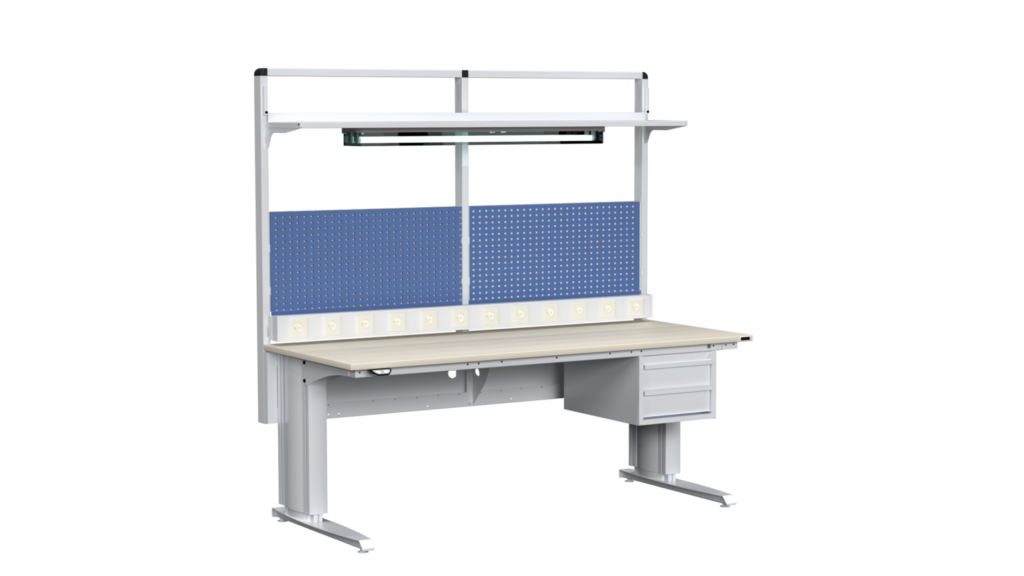
An Antistatic Table, also known as an ESD Table, is a specialized laboratory workstation that prevents the sudden release of static electricity. It can be achieved through a conductive surface that dissipates static charges safely to the ground via a grounding wire. AdditionlyStatic charges often accumulate due to friction between materials or movement in dry conditions. As well as, when materials rub against each other or when someone walks across a carpeted floor in dry air, static electricity builds up. Moreover, these charges may seem harmless, but they can nevertheless cause significant issues in laboratories and electronic workspaces. These charges can damage precision instruments, cause inaccurate readings, or even lead to electronic component failure. To prevent these risks, the Static Control Table is engineered with conductive surfaces and a grounded system. This lab furniture maintains neutral electrification across the workstation, ensuring user safety and protecting sensitive equipment from electrostatic discharge.
The importance of a high-quality Antistatic Table in a Modern lab
In modern modular labs, particularly in electronic testing, pharmaceutical research, chemical analysis, and medical diagnosis, critical stability is essential. Even the slightest electrostatic discharge can affect the accuracy, data, and measurement, contamination, or irreversible damage to the equipment.

Ensuring the Protection of sensitive equipment
The primary purpose of the antistatic table is to prevent any damage to microchips, circuit boards, and other sensitive components from drastic, often not visible. For example, while using sensitive equipment like an Oscilloscope (DSO) or Multimeter, even minor static buildup from walking can generate thousands of volts. It safely dissipates these charges, protecting delicate components such as microchips and circuit boards from invisible electrical damage.
Ensuring the Accuracy of Measurements
By maintaining a vibration-free workspace it effectively helps minimize disturbances during accuracy testing, precise analysis, and critical weighing processes.
Engineered for laboratory Safety
Anti-static lab tables have a unique feature of conductive laminates, grounded surfaces, and ESD-proof elements that safely resist static charges. This well-designed meets industrial and laboratory safety standards, protecting both the user and the sensitive equipment.
Application of the Antistatic Table in various sectors
Antistatic lab setups are essential for various sectors of the industry where electrostatic discharges pose a risk for sensitive equipment, products, or accuracy. The primary function is to prevent any damaging charges.
- Medical Device Manufacturing: It helps to protect the sensitive electronic components incorporated into modern medical instruments and devices during production and assembly.
- Operating Rooms of Hospitals: In hospitals, during intensive care units, and medical operations, antisattic lab furniture. It is used to prevent any potentially ignitable or other diagnostic testing and equipment.
- Aerospace industry: The aerospace industry utilizes this table in the maintenance of critical systems in aircraft and spacecraft.
- Chemical storage and Handling facilities: Flammable chemicals containing environmentally safe dissipation help to avoid and prevent any risk of accidental ignition and explosions.
- Research and Development Laboratories: In R&D departments, the table provides a controlled, static-free environment for experimenting with new electronic technologies and conducting reliable tests on prototypes.
Labkafe’s Anti-static Tables for Modern Labs
In modern laboratories and industrial environments, static electricity poses a significant risk to sensitive equipment and operations. In electronics, it can attract dust, alter circuits, destroy components, and generate excess heat, leading to short circuits and reduced product lifespan. To combat these issues, Antistatic Table of Labkafe provide a stable, ESD-protected workspace designed to ensure safety and precision. Built with high-quality ESD laminates, grounding systems, and robust steel frames, these tables prevent electrostatic discharge and maintain operational integrity. Beyond electronics, static control is vital in textiles, printing, pharmaceuticals, and chemical industries, where static can cause production disruptions, contamination, and even ignition risks. As a part of advanced lab furniture, Labkafe’s Antistatic Tables ensure accuracy, safety, and long-term reliability in every modern lab setup.
Antistatic Tables: The Backbone of Precision and Stability
In modern scientific and industrial laboratories, an antistatic table plays a pivotal role in preventing any external disturbance. Maintaining stability is essential for accurate and reproducible results. It eliminates external disturbances that affect precision instruments and analytical outcomes.
Labkafe stands out with its precisely engineered motionless table, designed to deliver exceptional stability and safety in modern laboratories. It features conductive laminates, grounded surfaces, and ESD-proof elements that effectively resist static charges and protect sensitive electronic equipment. By integrating these tables into modern modular labs, institutions can safeguard their equipment, ensure measurement accuracy, and maintain a secure environment for every experiment.
Explore Labkafe’s range of Antistatic Tables and modular lab Furniture today! Contact our Lab Experts to get more information, to purchase, or to address any queries of yours about our lab furniture for your modern modular labs.
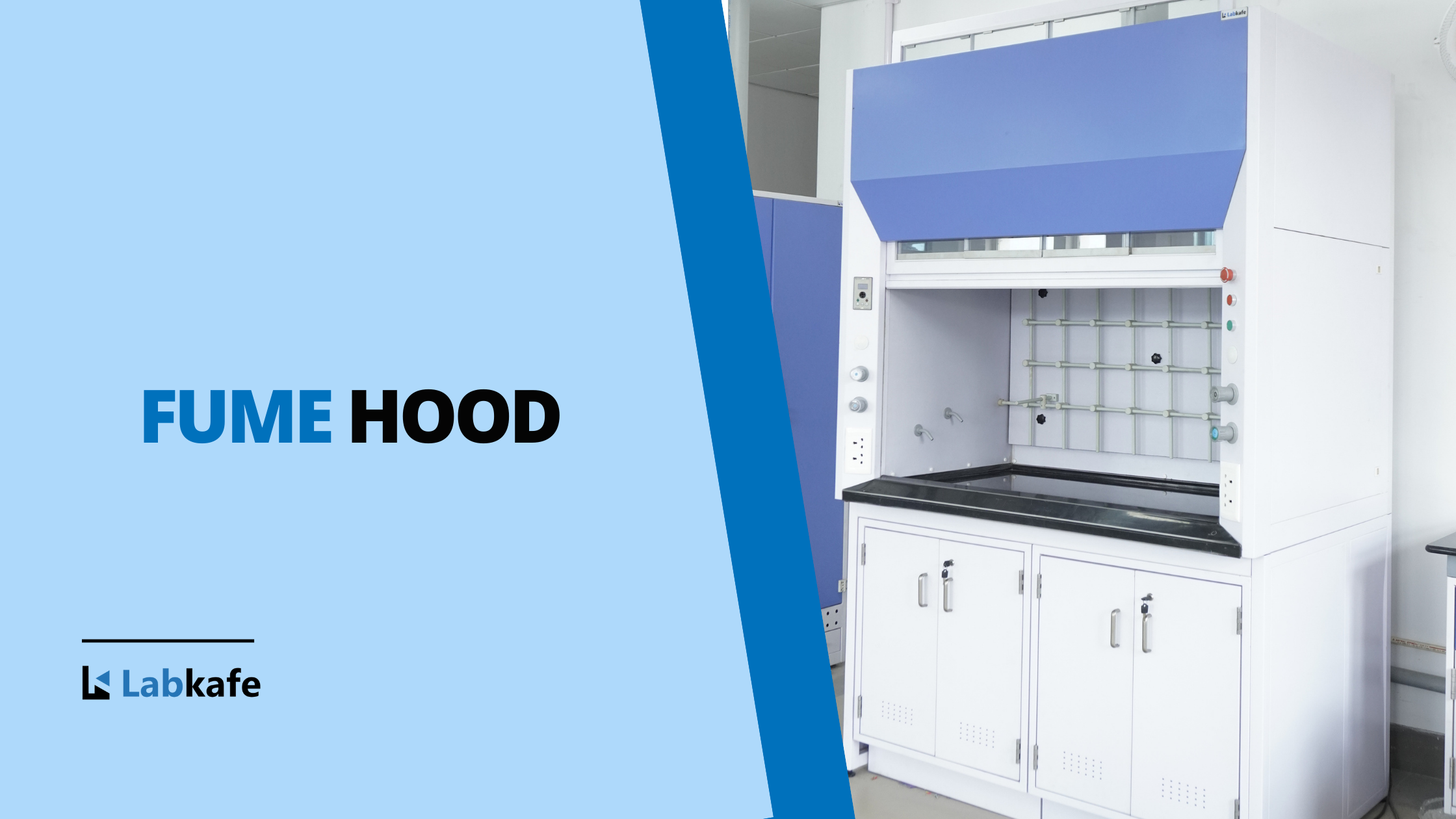




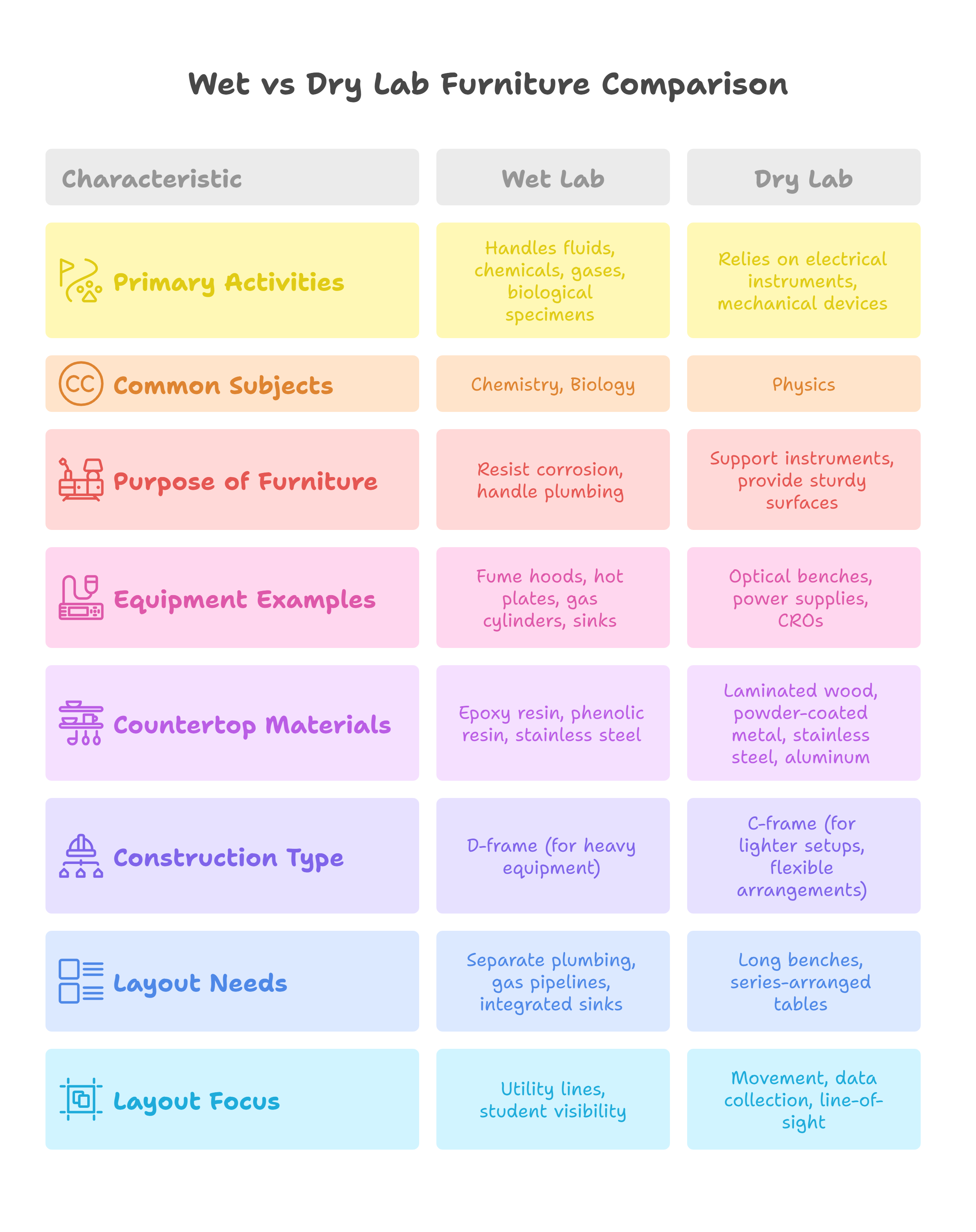

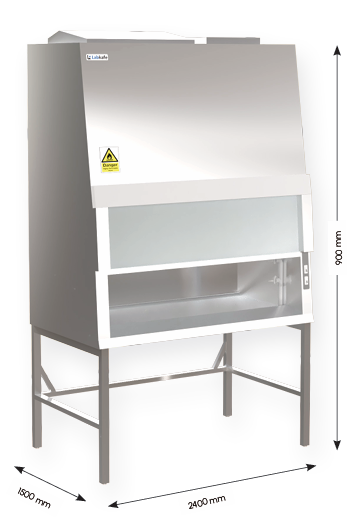
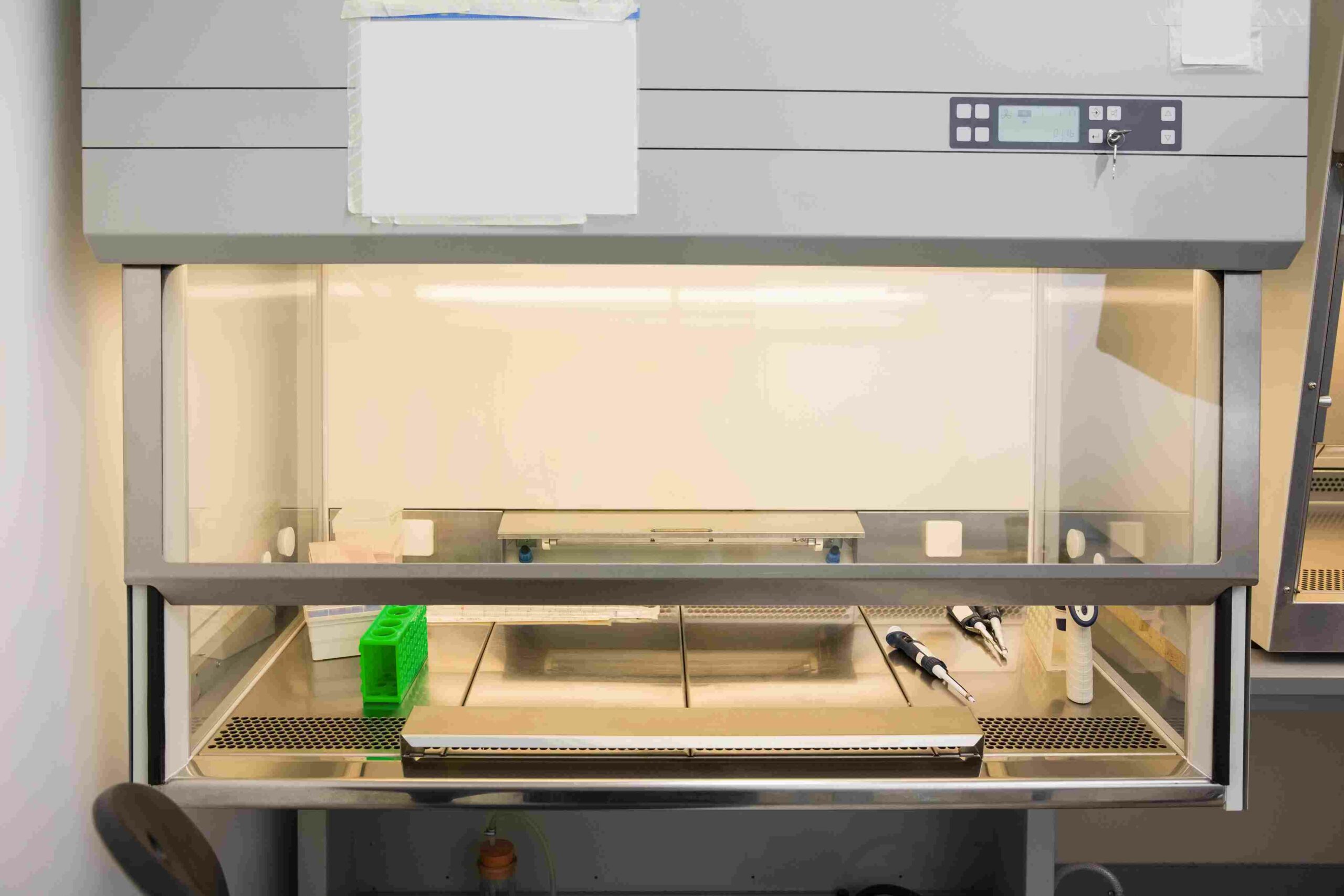
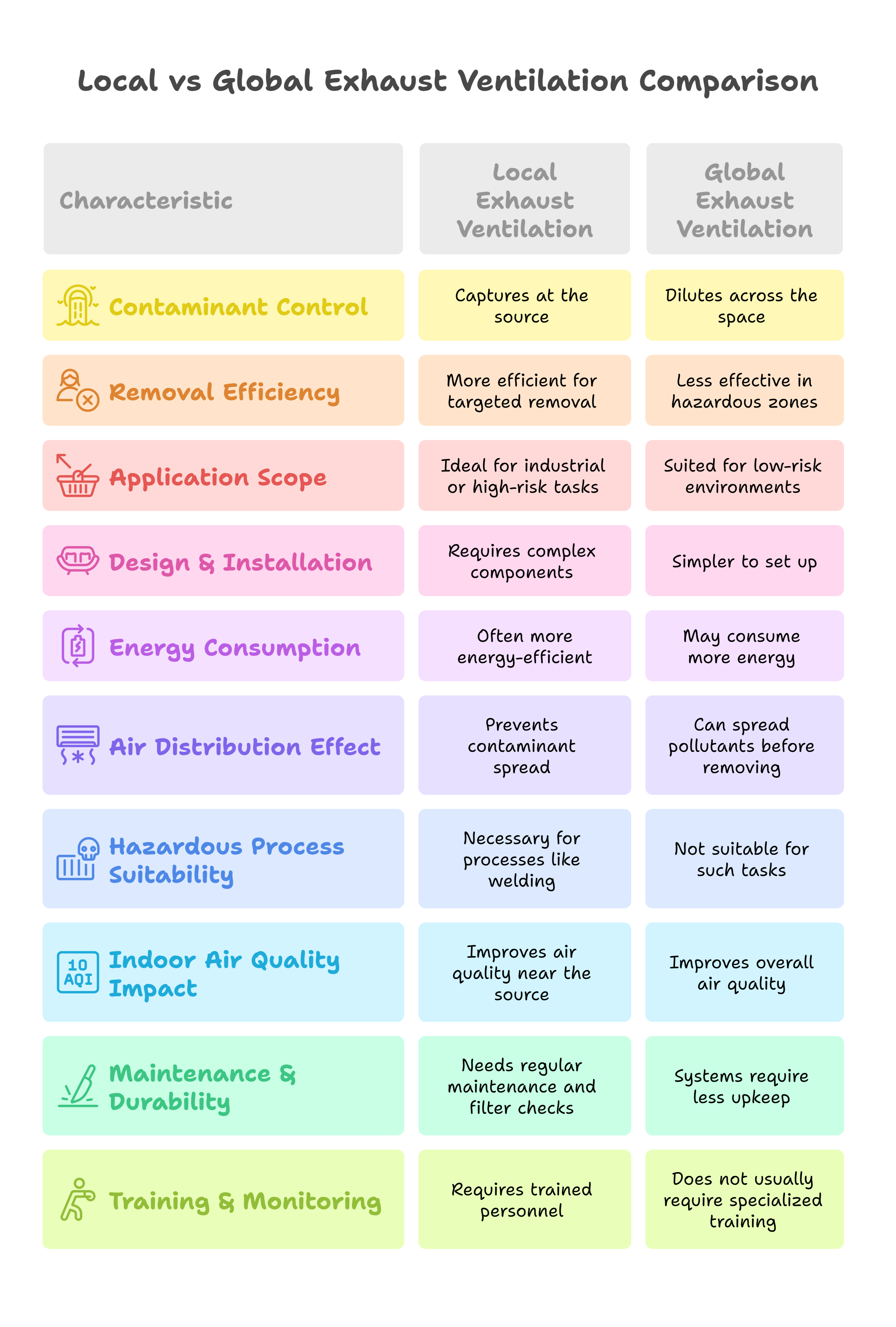


Leave a Reply